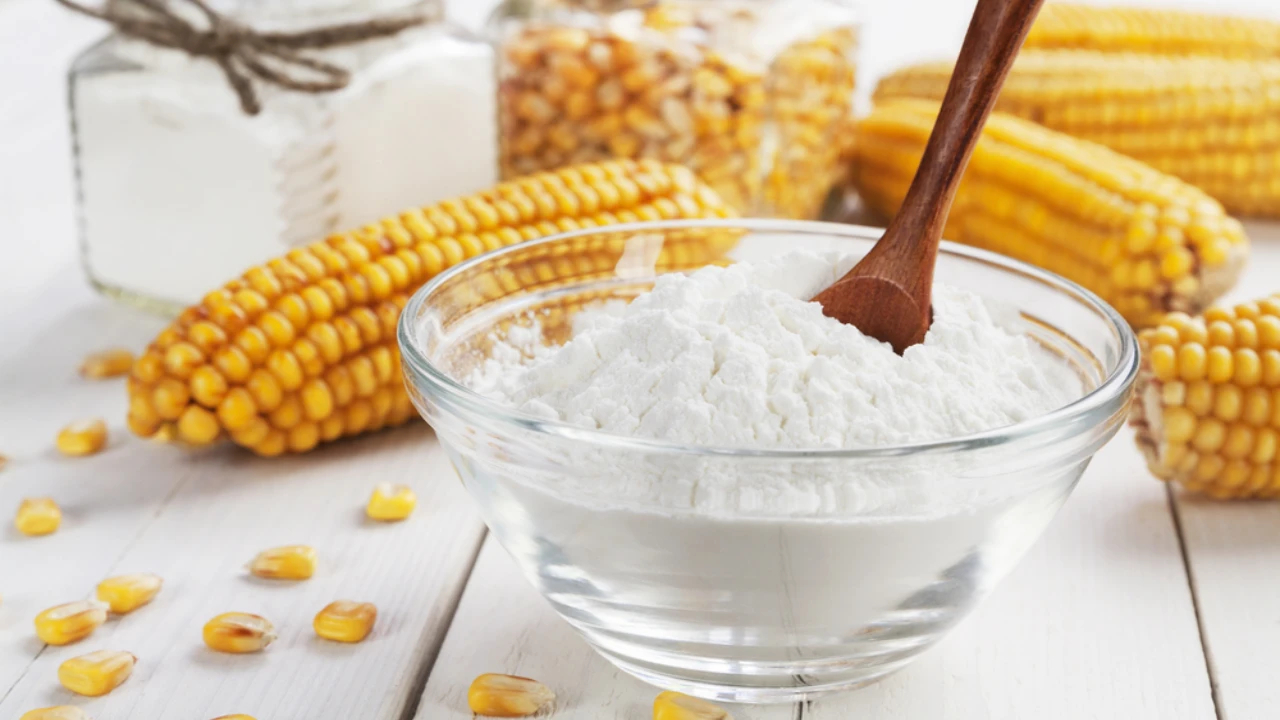Everything You Need to Know About the Cornstarch: Embrace Versatility in Your Culinary Creations
Cornstarch, a common kitchen staple, is a versatile ingredient used in various cooking and baking recipes. It acts as a thickening agent, enhancing the texture and consistency of sauces, soups, and desserts. However, there are times when you might find yourself out of cornstarch or looking for alternative options due to dietary preferences or allergies. Fear not! In this article, we'll delve into the world of cornstarch substitutes, uncover the magic of cornstarch, and explore the five best alternatives that will keep your culinary endeavors smooth and delectable.
What is Cornstarch and What is it Used For?
Cornstarch, derived from the endosperm of corn kernels, is a fine, powdery starch that becomes a smooth, gel-like consistency when mixed with water. It is a popular thickening agent in cooking and baking due to its neutral flavor and ability to create a glossy finish. Cornstarch is widely used to thicken sauces, gravies, custards, puddings, and fruit fillings, providing a silky and consistent texture to various dishes.
The 5 Best Cornstarch Substitutes:
Arrowroot Powder:
Derived from the root of the arrowroot plant, arrowroot powder is an excellent cornstarch substitute. It has a similar thickening power and creates a smooth texture without cloudiness. Arrowroot is a great option for those following a gluten-free or grain-free diet, and it works well in both hot and cold dishes.
Potato Starch:
Potato starch, obtained from the starch of potatoes, is another effective alternative to cornstarch. It offers excellent thickening capabilities and works best in dishes that require a transparent finish. Potato starch is particularly suitable for gluten-free and paleo diets.
Tapioca Starch:
Tapioca starch, extracted from the cassava root, is a widely used thickener in various cuisines. It is known for its ability to create a glossy appearance in sauces and fillings. Tapioca starch works exceptionally well in fruit pies and puddings, and it is naturally gluten-free.
Rice Flour:
Rice flour, made from finely ground rice, can serve as a cornstarch replacement in certain recipes. While it may not provide the same level of thickening as cornstarch, it is suitable for soups and sauces that don't require a glossy finish. Rice flour is a suitable option for those with corn allergies or following a gluten-free diet.
Wheat Flour:
If you have no dietary restrictions, wheat flour can be used as a substitute for cornstarch. It works well in thickening sauces and gravies and adds a slightly nutty flavor. However, keep in mind that wheat flour requires more heat and time to thicken compared to cornstarch.
Using the Substitutes Wisely:
When substituting cornstarch with any of the alternatives mentioned above, it is essential to use the right ratio to achieve the desired consistency. Generally, use the same amount of arrowroot powder, potato starch, or tapioca starch as you would use cornstarch in a recipe. For rice flour and wheat flour, you may need to use slightly more, as they are not as potent as cornstarch in thickening.
While cornstarch is a valuable thickening agent in the culinary world, there are several fantastic alternatives to suit various dietary needs and preferences. Embrace the versatility of arrowroot powder, potato starch, tapioca starch, rice flour, and wheat flour in your cooking and baking adventures. These substitutes will ensure that your sauces, soups, and desserts maintain their desired consistency, allowing you to create delicious and satisfying dishes with ease and confidence. So, the next time you find yourself running low on cornstarch or looking for alternative options, don't hesitate to explore the vast array of substitutes available, making your culinary journey even more delightful and adventurous.

